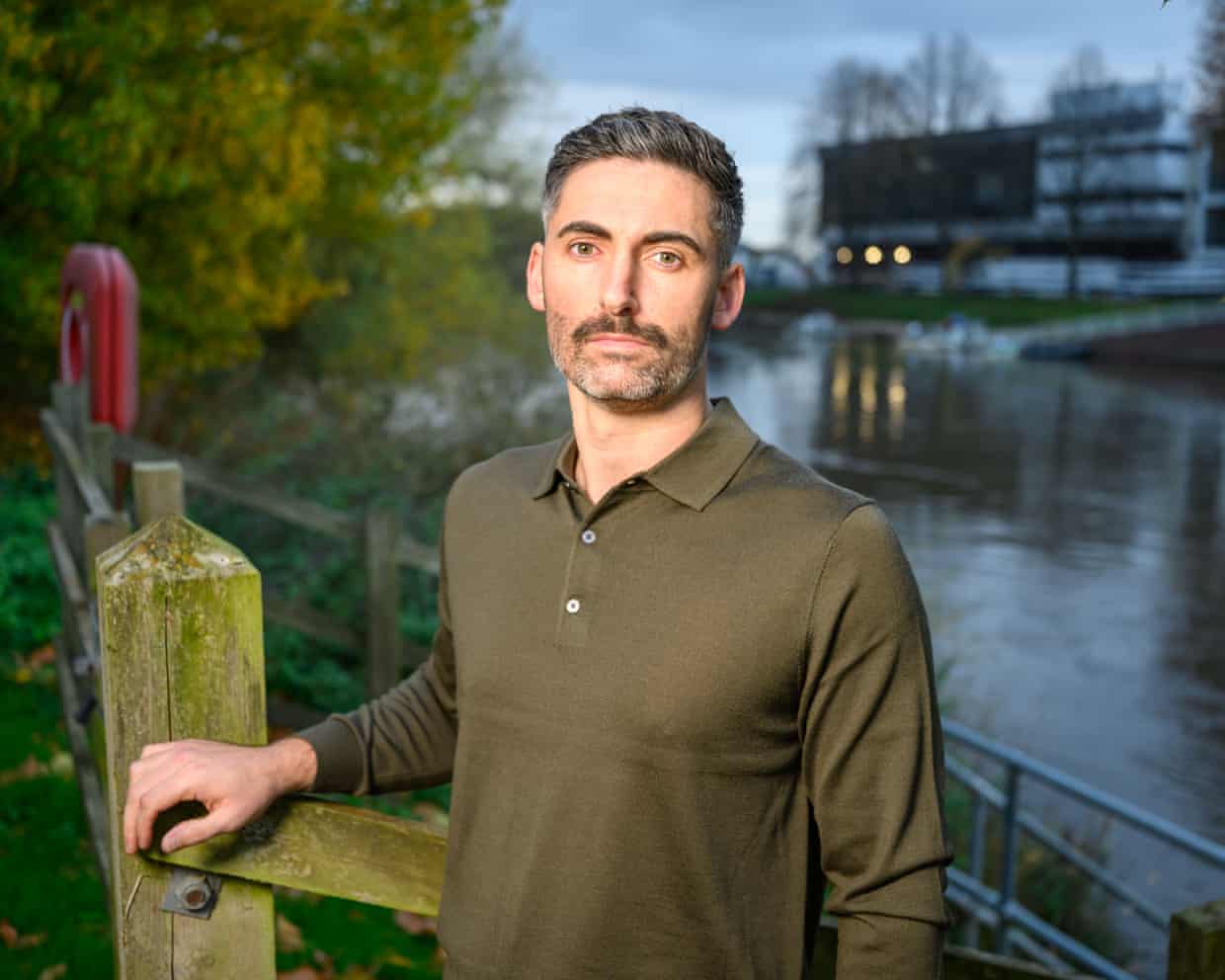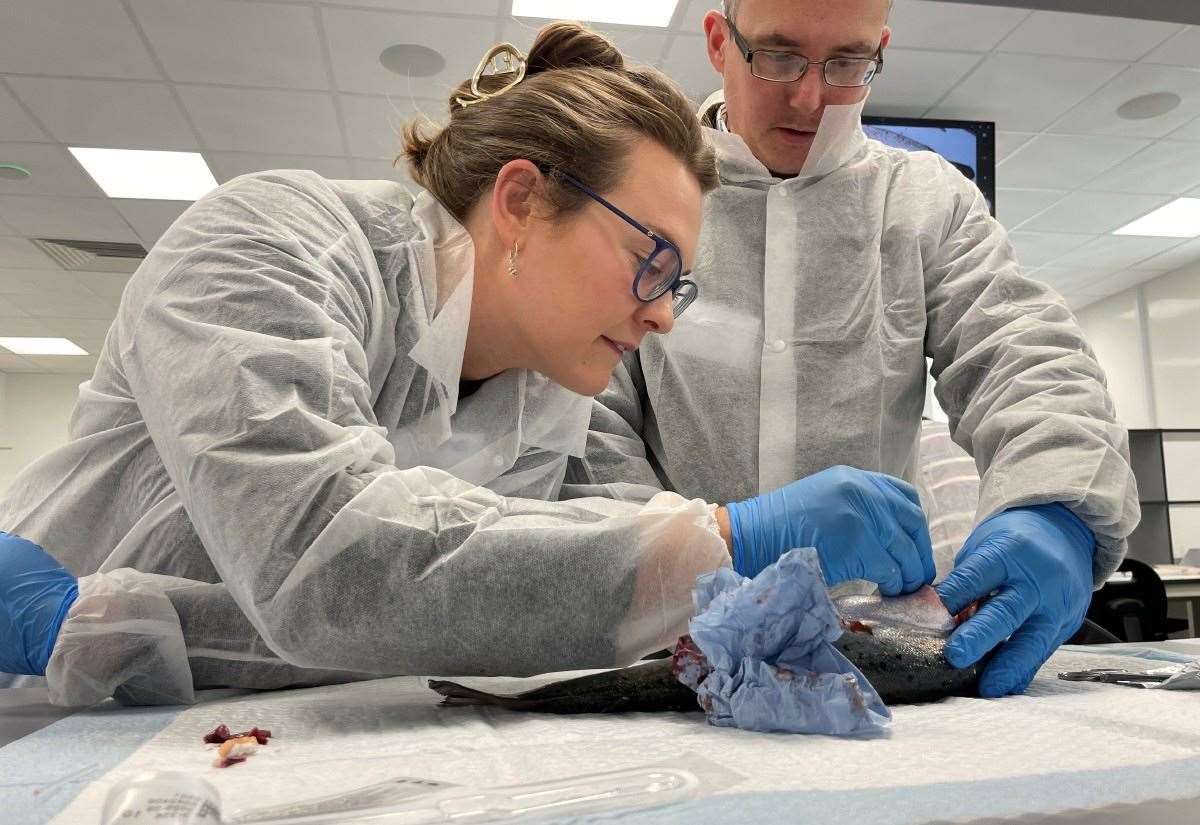On January 1, 2023, in Worcester, a man named Colin McGarva made headlines by jumping into a flooding river to rescue an unconscious woman. His instinctive act of heroism, performed without hesitation, has reignited discussions about the nature of bystander behavior in emergencies. McGarva expressed, “I didn’t stop to think because the instinct – the instant reaction – is to help someone in need.” His actions exemplify the idea that heroism is far more common than often perceived.
The conversation around human instinct to assist others gained further momentum following a mass stabbing incident on a high-speed train from Doncaster to London. Eyewitness accounts initially depicted chaos, yet stories of courage soon emerged. One notable example is Samir Zitouni, an employee of LNER, who was hospitalized after risking his own life to save others. Heidi Alexander, the transport secretary, praised Zitouni’s actions, stating, “There are people who are alive today who wouldn’t be … were it not for his actions.” His family, however, remarked that he has always been a hero to them.
Rethinking Bystander Apathy
Experts in psychology and group behavior challenge the widely held belief in “bystander apathy.” According to Prof Stephen Reicher from the University of St Andrews, the narrative that people panic and flee during emergencies is a misconception. He noted, “Characteristically, people stay and help each other,” citing historical incidents like the 7/7 bombings in London and the 1999 Admiral Duncan pub attack as examples where individuals came together to provide assistance.
In research conducted on the Leytonstone tube attack in 2015, Reicher highlighted the spontaneous coordination among bystanders. People directed others away from danger, distracted the attacker, and confronted him together, demonstrating that heroism often emerges through collective action rather than isolated individuals.
Similarly, Prof Clifford Stott of Keele University supports this view, asserting that modern research debunks the myth of bystander apathy. He stated, “What modern research shows is that the public are very good at protecting themselves,” emphasizing that heroic actions stem from a natural tendency within many individuals.
Empowering Community Resilience
As society faces increasing challenges, including climate-related emergencies, experts argue that fostering a culture of active bystanders is essential. Prof John Drury from the University of Sussex advocates for authorities to support individuals’ instinct to help. He suggests that the language used by first responders plays a crucial role in this process. By focusing on community and collective action, responders can enhance the sense of unity during crises.
Dr. Gill Harrop, who leads the Bystander Intervention Programme at the University of Worcester, notes that many institutions are now prioritizing the development of a helper culture. “We’re seeing this happening now with bystander intervention training in schools, colleges, universities, policing, and the NHS,” she explained. This gradual shift towards creating communities of active bystanders is seen as a positive development in enhancing societal resilience.
As discussions around the nature of heroism continue, the stories of individuals like McGarva and Zitouni serve as powerful reminders. They highlight that in the face of danger, human instinct often leans towards selflessness and bravery. By encouraging and empowering individuals to act, society can better prepare for future crises and build stronger, more supportive communities.







